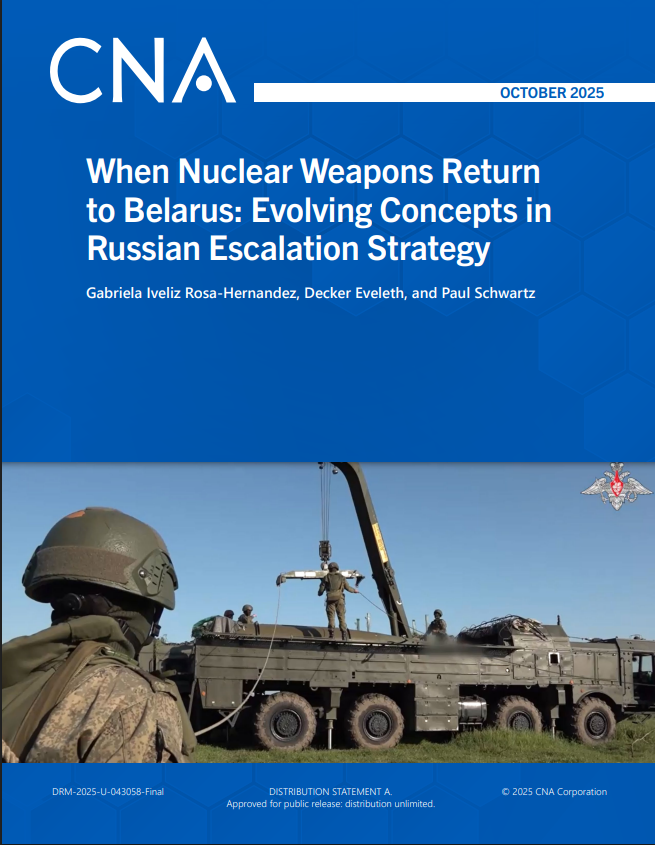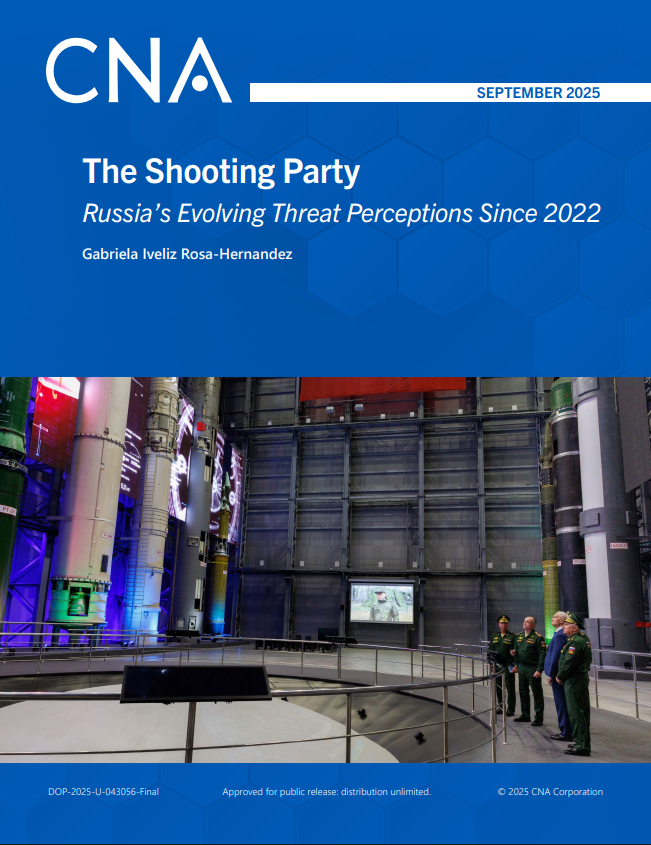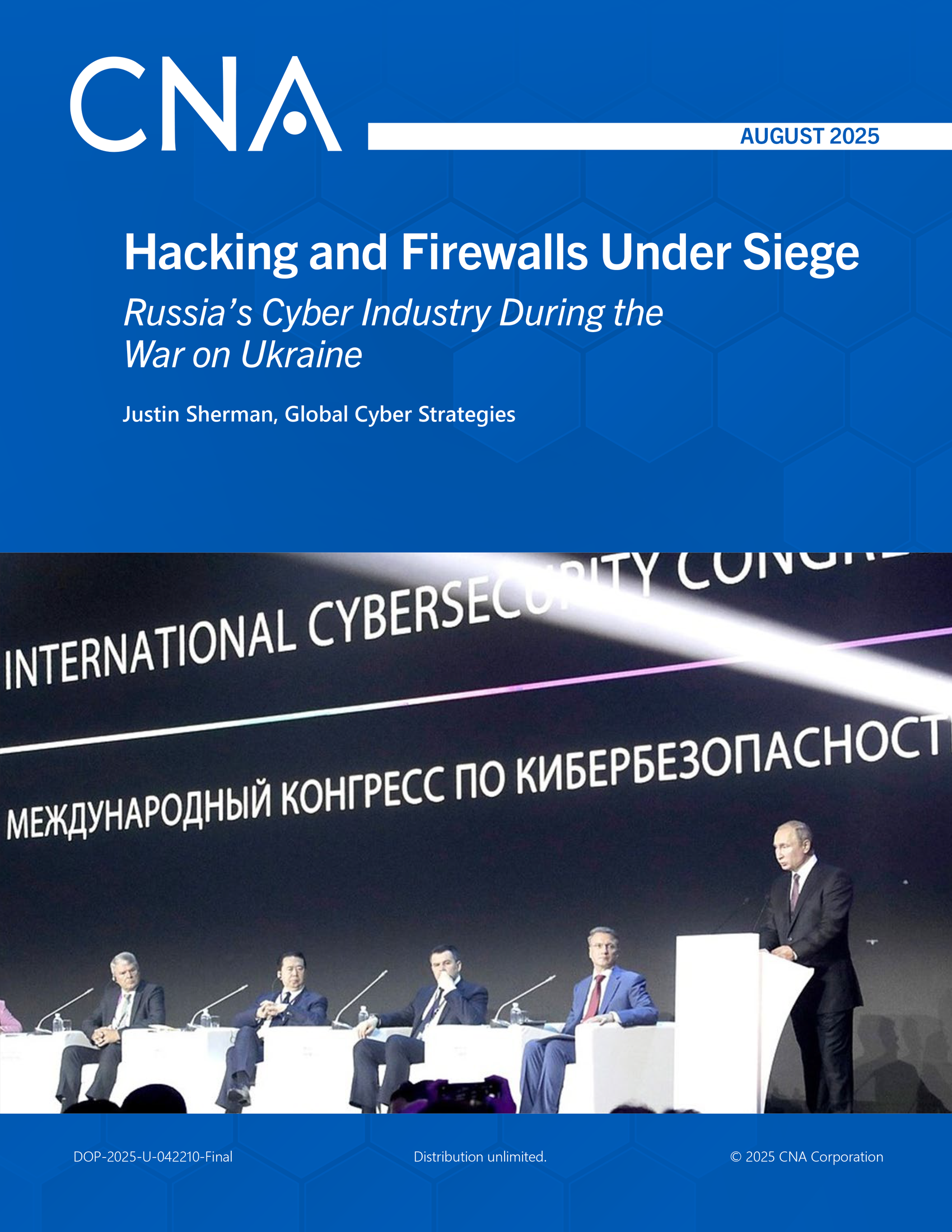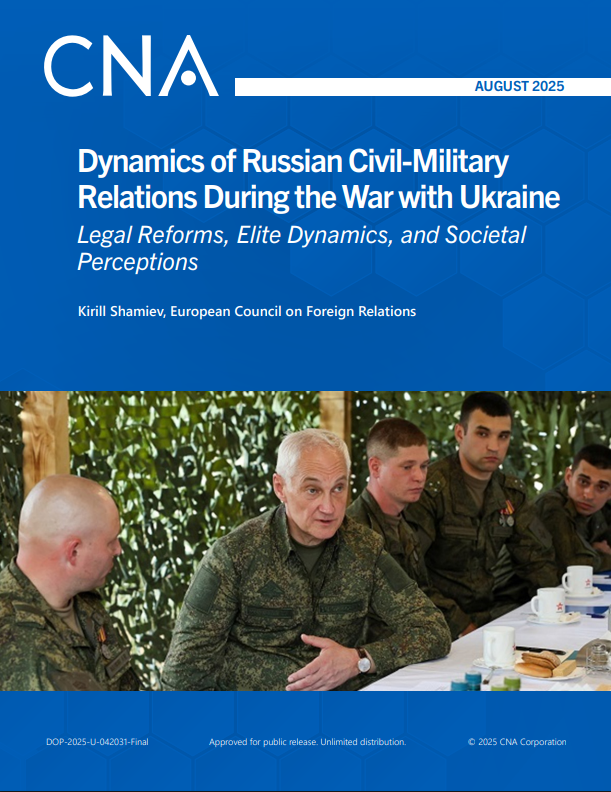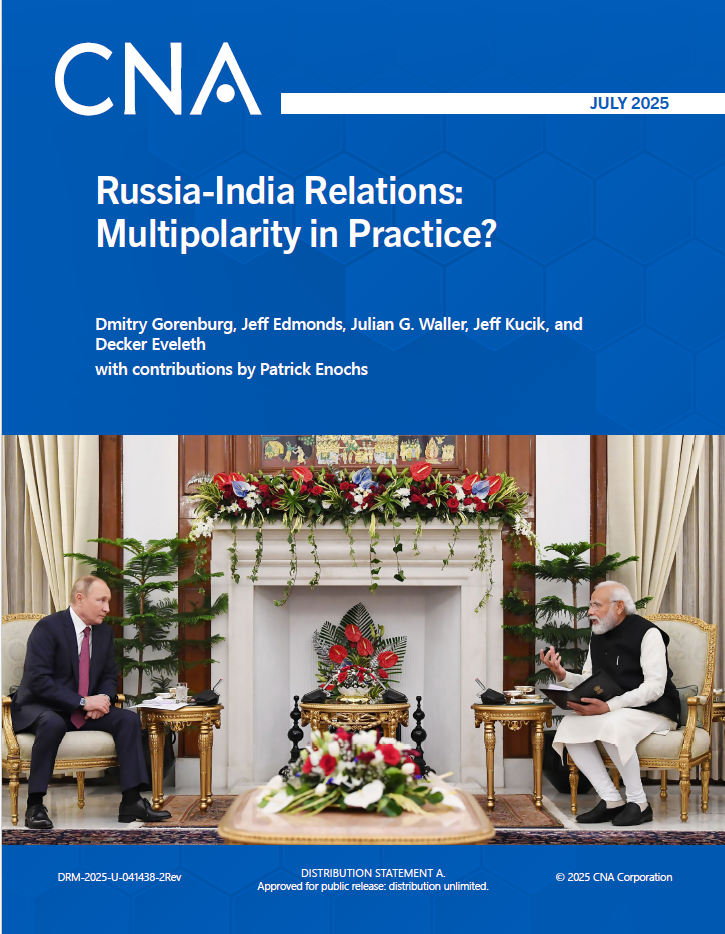Introduction
Major progress in size and combat capabilities made by the Russian Armed Forces since the late 2000s has required a boost in spending on personnel, combat training, and arms procurement programs. In the early 2010s, arms procurement became the largest single item in the Russian defense budget. Spending figures have largely reflected the overall state of the economy, but there has been a certain amount of decoupling since 2012. For some defense procurement items, for example, spending has sometimes been reduced not because of any financial constraints but simply because the Russian defense industry could not meet the Ministry of Defence (MoD) delivery targets. Other changes in spending plans have reflected shifting defense priorities. And, when faced with a pressing need, the government has been willing and able to allocate additional funds to meet that need—and not necessarily from the MoD’s own budget—in circumvention of strict budgetary rules. Overall, Russian defense spending began to decline in 2015–2017, suggesting only a tenuous link between the state of Russia’s increasingly volatile foreign relations and its willingness to lavish funds on the armed forces.
Meanwhile, there is still a lot of untapped potential to further optimize Russian defense spending. Many costly programs seem to be driven by considerations of prestige rather than genuine military necessity. The government is imposing increasingly more onerous budget management requirements on the defense sector, leaving R&D—including cutting-edge weapons programs—especially hard-hit. The official reason for tighter controls and supervision is the government’s determination to defeat corruption, even though the corruption scandals that have been allowed to reach the public domain have been few. The role of the private sector and academia in defense R&D is tangible but limited. On the whole, innovative defense research remains seriously underfunded.
The sole reason for some of the ongoing procurement programs is to save jobs and keep several defense contractors (whose bosses still retain a lot of political clout) from going out of business.
Russia’s ambitious rearmament plans have clearly been held back by the sanctions imposed by the United States and its allies since 2014, and by the slow progress of the ensuing import substitution programs. Despite these structural limitations, the Russian nuclear deterrent—viewed as the cornerstone of the Russian defense capability—is not facing a shortage of funds or any other significant constraints.
This report attempts to show macroeconomic conditions and budgetary constraints that affect Russia's military expenditures. The bulk of these expenditures is contained in the ten-year State Armaments Program (SAP). The report contains data on the main programs that attempt to overcome the current budgetary constraints for financing the SAP, as well as on "dual-purpose" budget programs to support the defense industry and military development.
The second part of the report attempts to assess the rationality of SAP priorities and non-financial constraints that hamper its implementation. I assess the implementation of the SAP-2020 that was adopted in 2011. The report highlights examples of successful and unsuccessful procurement programs and discusses the reasons for these successes and failures. Also in the second part, an attempt is made to assess R&D priorities in the interest of SAP implementation, as well as the lack of scientific and technological potential and measures to strengthen it including through attempts to revive large-scale Soviet programs. This section also discusses the importance of export programs for domestic procurement, the involvement of the private sector and academic institutions in critically important R&D programs, the impact of Western sanctions on the implementation of the SAP and the extent to which industrial programs have been able to counteract these sanctions.
*Originally published in August 2018, this paper was reprinted in June 2025.
Download reportDistribution unlimited
Details
- Pages: 22
- Document Number: DOP-2018-U-018170-2Rev
- Publication Date: 8/14/2018

